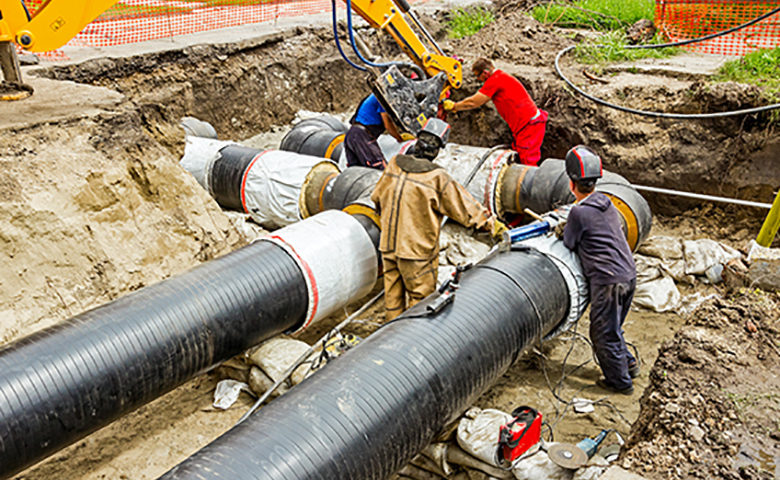A flurry of tradespeople is often a sign of work getting done. It’s also a sign of potential safety issues. Every contractor will face different hazards, have different approaches to safety management, and will employ people whose attitudes towards workplace safety differ widely.
Responsible organizations do their best to get every contractor to follow the same safety playbook. It’s not an easy process, and it’s one that requires you to go beyond the usual advice of planning and monitoring contractors for obvious safety violations. Here are a few elements to take into account if you’re earnest about improving the safety performance of your contractors.
Take a look at the record
Contractor safety begins well before any work starts on site. When it comes to health and safety, past performance is often indicative of future results. If you want a safe worksite, hire people who have demonstrated that they have the ability to work safely.
Contractors should be evaluated based on their safety expertise, health and safety record, and their plan to manage the safety of their employees while on site. Relevant documentation should also be reviewed in detail. This includes insurance, work permits and safety plans. You may also want to consider taking a look at safety training records. If a contractor keeps employees’ training up to date and/or conducts non-mandatory training, it’s a good sign that they take safety seriously.
Communication, communication, communication
Communication needs to happen on several levels. First, it’s essential that you stay in constant contact with the contractor about any safety concerns that arise with one of the contractor’s employees or due to a change in worksite conditions. It’s also important to communicate directly to individual workers.
Toolbox talks are an effective way to communicate with different tradespeople. It’s not always feasible to hold on-site safety meetings, but it’s often worth the effort to coordinate with multiple contractors or hold individual toolbox talks as workers arrive on site.
In addition to the usual benefits they provide, like bringing key hazards to everyone’s attention, toolbox talks can also emphasize how seriously they should take safety requirements. And they get to hear it directly from you, which means that key safety messages won’t fall through the cracks if one of your contractors hasn’t properly conveyed safety standards to its workers.
Basic safety requirements must be displayed. But beyond that, posters and other safety displays are rarely used despite them being an effective way to proactively communicate additional information to on-site personnel.
Monitor and raise issues early
It should go without saying that site safety should be actively monitored—but too many builders leave contractors to manage their people without proper oversight. This oversight should include ensuring that contractors are meeting the duty of care required of them and are adhering to all safety guidelines that you’ve given them. If the contractor gave you a formal safety plan then you should also check if it’s being properly followed.
Finally, keep an eye out for minor concerns, which are often warning signs of bigger problems lurking around the corner. One common example is housekeeping: if one trade is being lax with housekeeping then there’s a decent chance that it’s a symptom of a broader carelessness. Flagging potential problems like this as soon as possible will provide the contractor with more time to deal with the issue before it leads to an injury.
Support and verify
In most cases, contractors are supposed to manage the safety of their employees and work areas. But in practice, contractors don’t always adhere to the same safety standards as the site operator. The best way to improve contractor safety is to provide support and to verify the contractors are holding up their end of the bargain. Staying in constant communication, flagging issues early (even if they’re minor), and hiring contractors with a strong safety track record—not to mention ones who can pull together a coherent safety plan—are among the ways to make sure everyone is on the same page when it comes to workplace safety.

